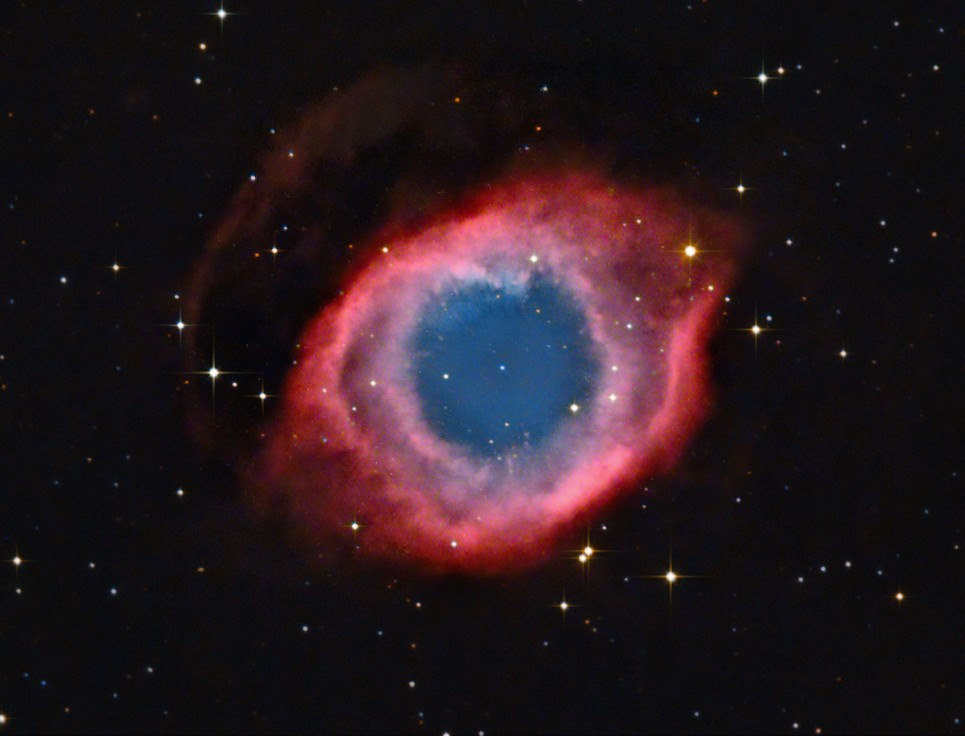
New and would-be amateur astronomers are often mystified and disappointed by the lack of color in things they see through their telescopes. And why shouldn’t they be? Popular astronomy shows, magazines, and web sites encourage people to believe that celestial objects are rich with blistering, saturated color, much like the image above. Why doesn’t that new $400 8-inch Dobsonian show bright pink nebulae, and galaxies of blue and gold? [Read more…] about The Blue-Green Beauty of Planetary Nebulae
Share This:

